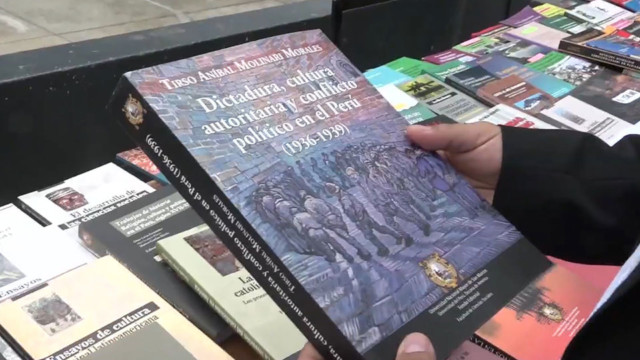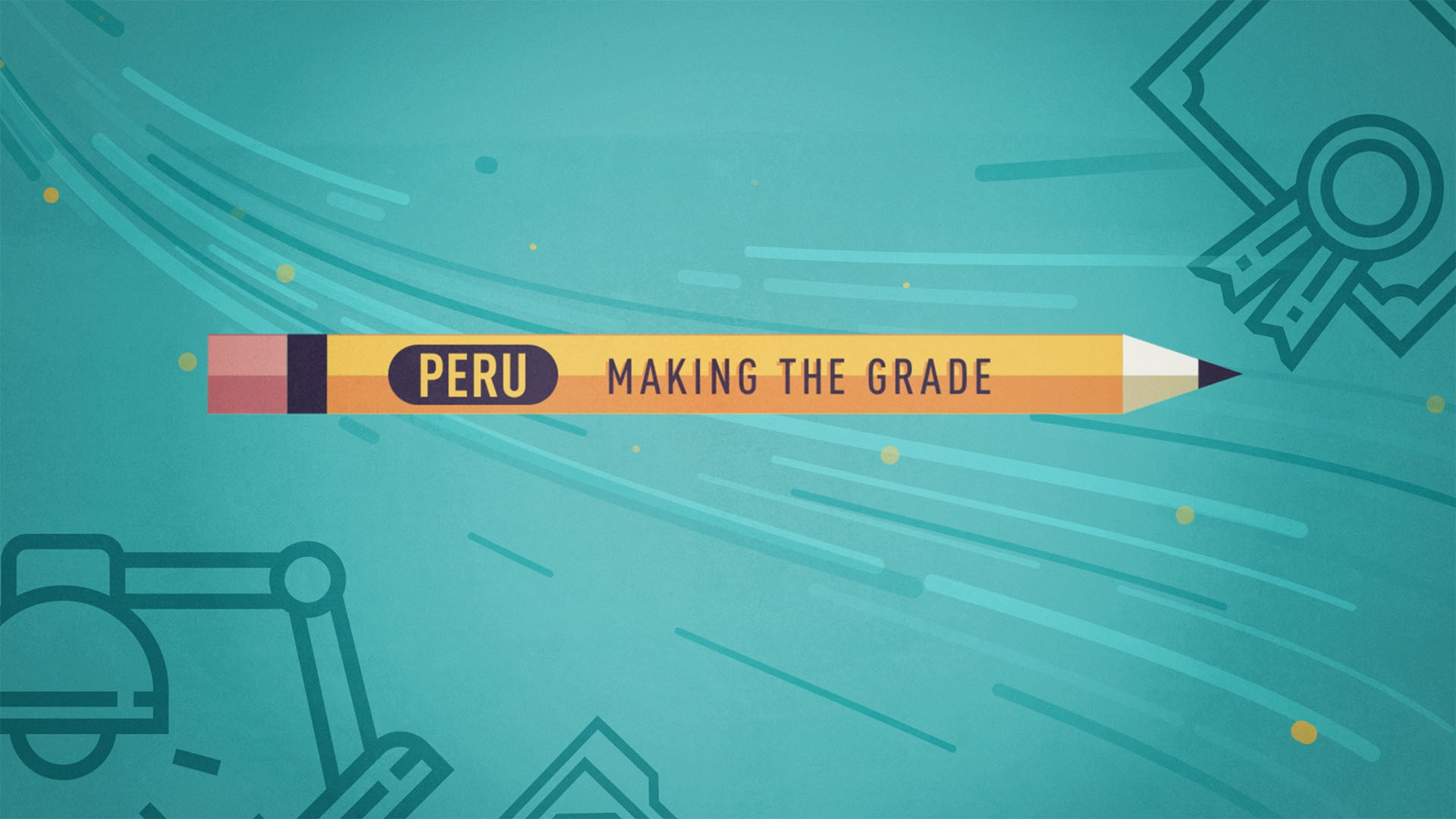Part of the CGTN series Education in Peru: Making the grade.
Today’s young Latin Americans are the first generation in the region’s history more likely to grow up in the middle class than in poverty. They have high expectations for what they hope to achieve. Despite impressive economic growth in Peru in the last 15 years, 70-percent of Peruvians still work in the informal sector. Youth unemployment is high, while opportunities are limited and pay is low. CGTN’s Dan Collyns reports young Peruvians are hoping for a better future.
Few countries have benefitted more from the commodities boom than Peru. With the economic windfall, the country managed to slash poverty and malnutrition in half. But the cycle came to an end and opportunities for young people are little improved.
Christian Cosingo studied anthropology at Peru’s public University of San Marcos and works as school teacher.
“If I were to criticize my education, I would say it does not prepare us for the job market,” he told CGTN. “In other words, we’re prepared in theory, but after ten semesters that theory doesn’t fit with the world of work.”
Founded in 1551, San Marcos is the oldest university in South America and one of Peru’s better places of higher education. Likewise, students at Peru’s top-rated Catholic University say their peers studying at universities with poor educational standards are being let down.
“It’s simple, students are poorly taught, which means in the end, they are only required to do the minimum to get the grades,” said Sebastian Garcia, a university student. “That doesn’t create complete and competent human beings.”
Receiving a decent education in Peru remains a privilege and that’s not preparing young people for an increasingly globalized world. CGTN spoke with Veronica Zapata, the head of University Education at Peru’s Ministry of Education.
“We have a potentially big problem with competitively,” she said. “The lack of professional productivity could affect the country especially with the recent creation of new universities. We will see this problem will come to light in the next few decades.”
As the job market changes and is subject to global pressures, it will need a more skilled workforce.
“Until there’s a law which guarantees educational quality, the overall poor standard of graduates will not just have problem inserting in the labor market but will not generate any added value to education for the country’s development,” said Ricardo Cuenca, Director of the Institute for Peruvian Studies. “Some four in ten graduates are in a situation of underemployment.”
Around the world, countries with few natural resources have boosted their economies through improving the quality of education. Peru’s economy, like many others in Latin America, still largely relies on mineral wealth exports.
While there are initiatives to shift the focus to investing in human capital, analysts say they don’t go far enough. Unless Peru can throw its weight behind improving the quality of education, it will get left behind. And as Peru eventually relies less on natural resources, that deficit will impact the economy.
Part of the CGTN series Education in Peru: Making the grade.
 CGTN America
CGTN America


